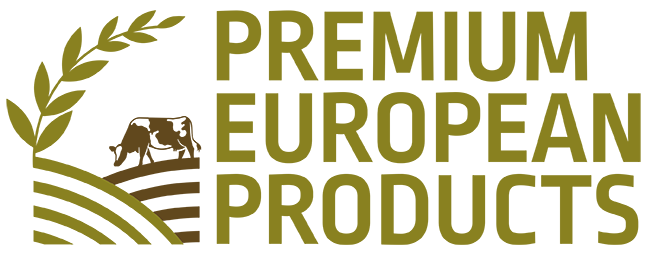DAIRY PRODUCTS
Latvian dairy products are produced using high-quality milk sourced from local farms, with a strong emphasis on purity, freshness, and animal welfare. The production process combines modern technology with longstanding dairy traditions, ensuring consistent quality and rich taste. All stages—from milk collection and pasteurization to fermentation, packaging, and storage—are conducted under strict food safety protocols aligned with EU standards. Comprehensive traceability systems, hygiene controls, and certified quality management procedures are in place.
Cream cheese
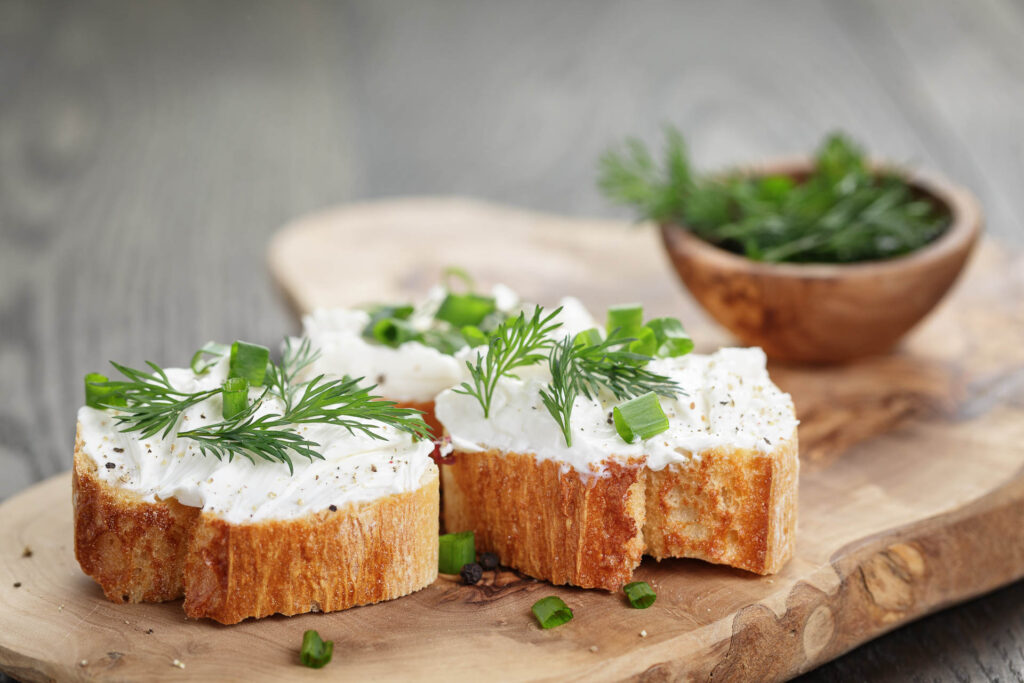
Curd Snacks
Sour cream
Milk drinks
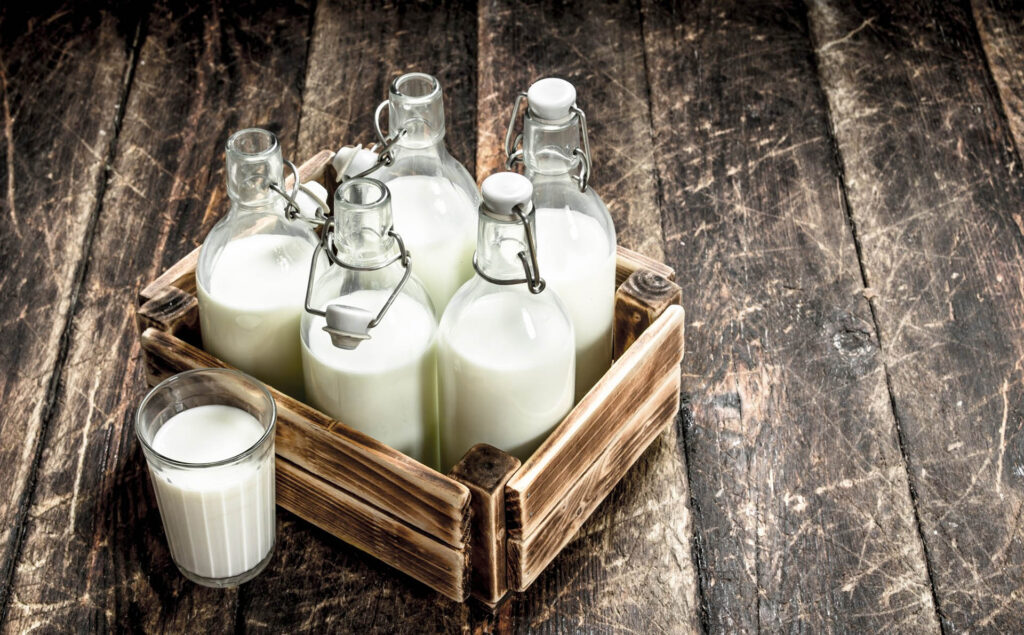
Processed cheese
Processed cheese is widely popular throughout Europe, spanning from southern regions to the north, each with its own distinct flavor profile. This diversity is a result of the region-specific cheese production traditions that have evolved over time. The primary ingredient in processed cheese is natural cheese, which has the ability to melt when heated and solidify, when cooled. Special melting salts are used to achieve a soft texture, along with additional ingredients, such as butter, sour cream, and various natural additives like herbs, vegetables, mushrooms, bacon, or salami. These ingredients contribute to the varied taste of processed cheese. Processed cheese is utilized in various culinary applications, including spreading on bread or crackers, and incorporating into dishes, such as soups, sauces, and pastry products. While it is valued for its taste and versatility.
Cream UHT
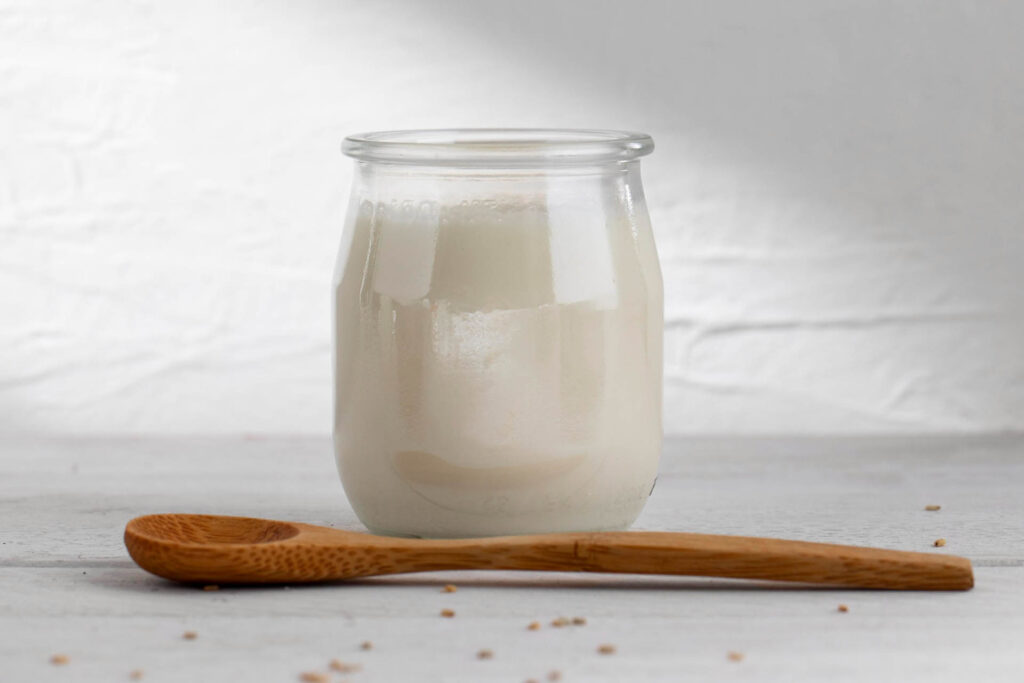
Semi -hard cheese
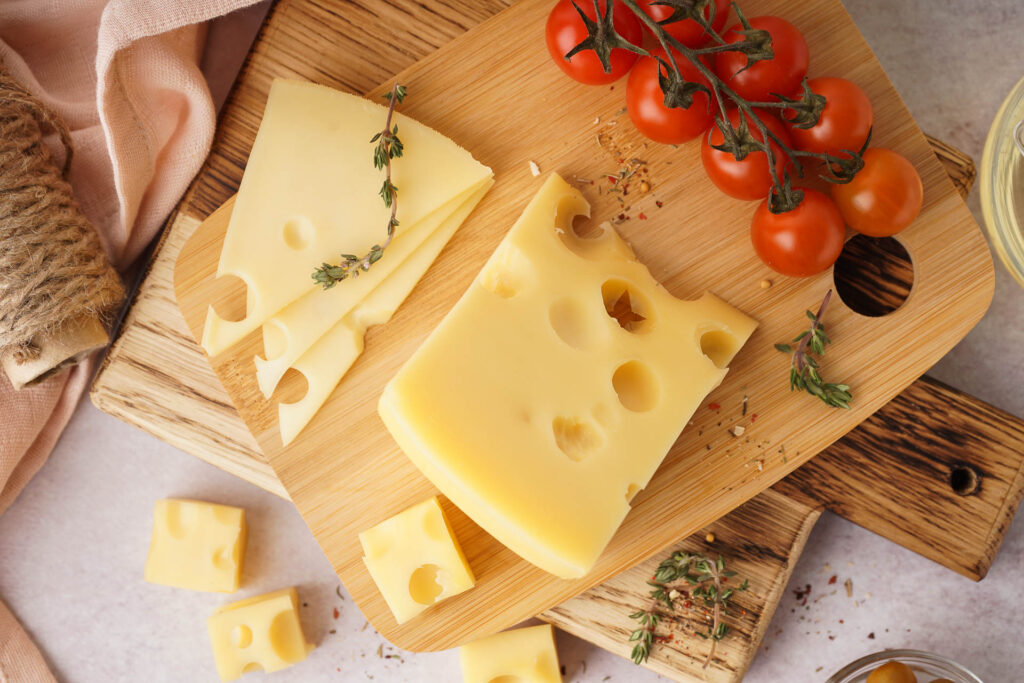
Cheese is indeed one of the oldest food products consumed globally, with preparation traditions dating back to ancient times. It is considered a distinct culture, art, and skill passed down from generation to generation. The primary focus of the cheese offering is matured cheese. This cheese undergoes pressing and salting before being matured in specific premises with controlled temperature and humidity. This process continues until the cheese develops the taste, aroma, and texture characteristic of its particular variety. Each type of cheese has its own maturation requirements, including specific temperature and humidity levels. The maturation period can vary significantly, lasting anywhere from several days to several years. After maturation, cheeses can vary widely in their characteristics, including soft cheeses with or without mold, semi-hard cheeses with crusts and traditional holes, and hard cheeses with a grainy texture.
Organic Semi-hard cheese
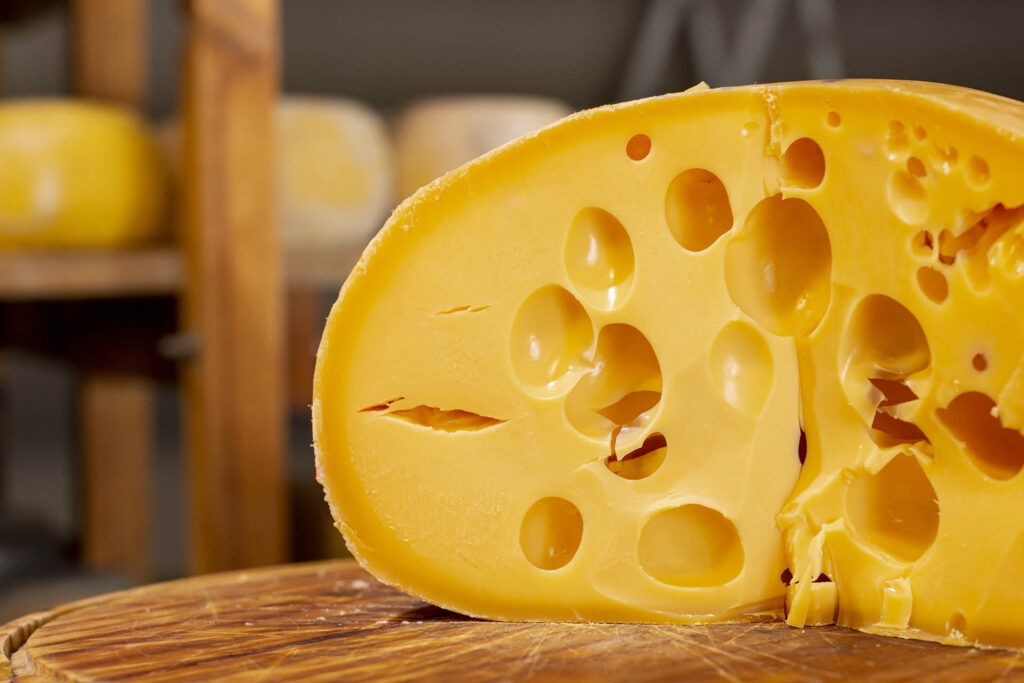
Experience the pure taste of cheese, crafted using locally sourced organic milk of the highest quality. This cheese maintains the classic characteristics of traditional semi-hard cheese, enriched by the use of organic ingredients. With a fat content in dry matter ranging from 45% to 50% and a moisture content of 60% in the fat-free part, it exemplifies superior craftsmanship. Its robust flavor and smooth texture make it an excellent choice for those seeking both deliciousness and ethical sourcing. With a minimum maturation period of 40 days, it guarantees a delightful experience for even the most discerning connoisseurs.
Cottage cheese
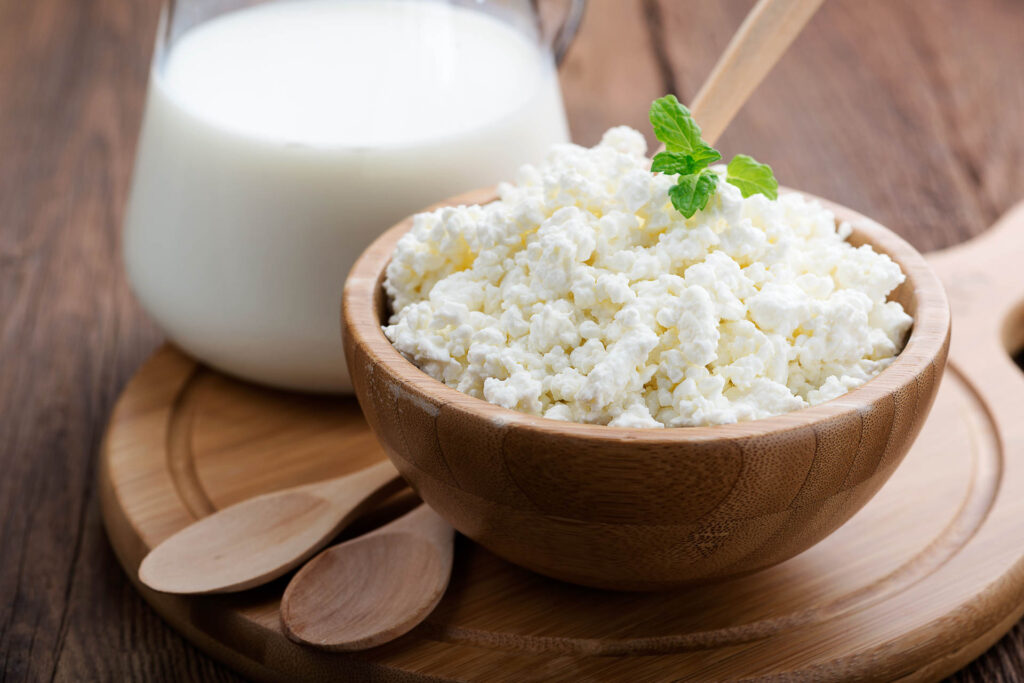
Salad cheese
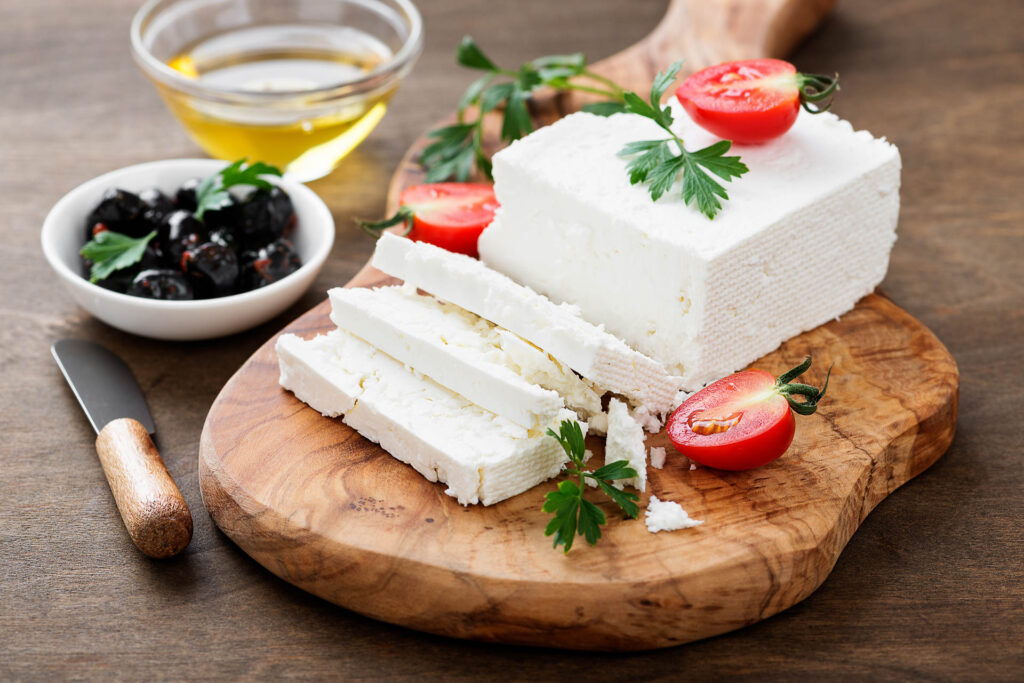



Funded by the European Union. Views and opinions expressed are however those of the author(s) only and do not necessarily reflect those of the European Union or the European Research Executive Agency (REA). Neither the European Union nor the granting authority can be held responsible for them.
